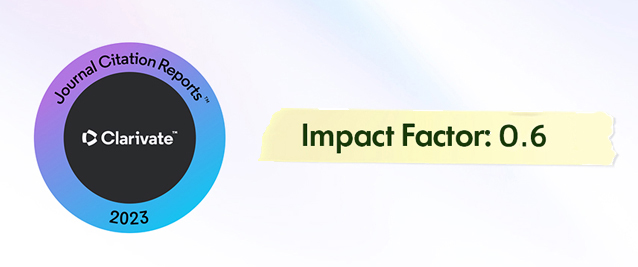2Yildiz Technical University, Faculty of Civil Engineering, Geomatics Engineering, Istanbul 34220, Türkiye
Abstract
Today, mucilage, or as it is known by the people, sea saliva, which directly affects the natural life and trade opportunities of the Marmara Sea, has more and more serious consequences day by day. The rapid detection of the spreading areas of the mucilage is of great importance for the cleaning works to be carried out. Remote sensing satellites have the great advantage of detecting the mucilage layer on the sea surface and studying its propagation. It has an important place in monitoring the change in that region over time and associating it with other ecological analysis, especially thanks to the ability to take images from the same region with frequent repetitions. Within the scope of this study, the mucilage distribution areas on the sea surface in the Dardanelles Strait, Gemlik Bay and Izmit Bay were investigated temporally and the concentration of chlorophyll-a, which is the main component organic matter of phytoplankton, and it is also the main cause of mucilage in the sea, was investigated and associated with mucilage areas. The satellite images used in the study were obtained from the Sentinel-2 multispectral optical satellite and the areas were determined by interpreting the images before and after mucilage propagation. Normalized Water Index (NDWI), a band index, was used to determine the mucilage area. As a result of the analysis, the mucilage rates in the sea were determined from the images on the dates used in the study. These rates were found as approximately 2.03% in the Dardanelles Strait, approximately 6.80% and 3.52% in the Gulf of Gemlik, where satellite images were examined at 10-day intervals, and approximately 7.44% in the Gulf of Izmit. When we look at the increase in the chlorophyll-a concentration in the sea for the same regions and dates, it is detected as about 0.84% in the Dardanelles Strait, 272.64% and 84.06% in the Gulf of Gemlik, and 8.22% in the Gulf of Izmit. When we look at the results, it is understood that the chlorophyll-a concentration and the spread of the mucilage layer are related to each other. In the light of these results, it is expected that using remote sensing techniques can be easily used for detecting mucilage, which is formed on the sea surface and spreads over large areas, and be a preliminary analysis study for rapid interventions.














